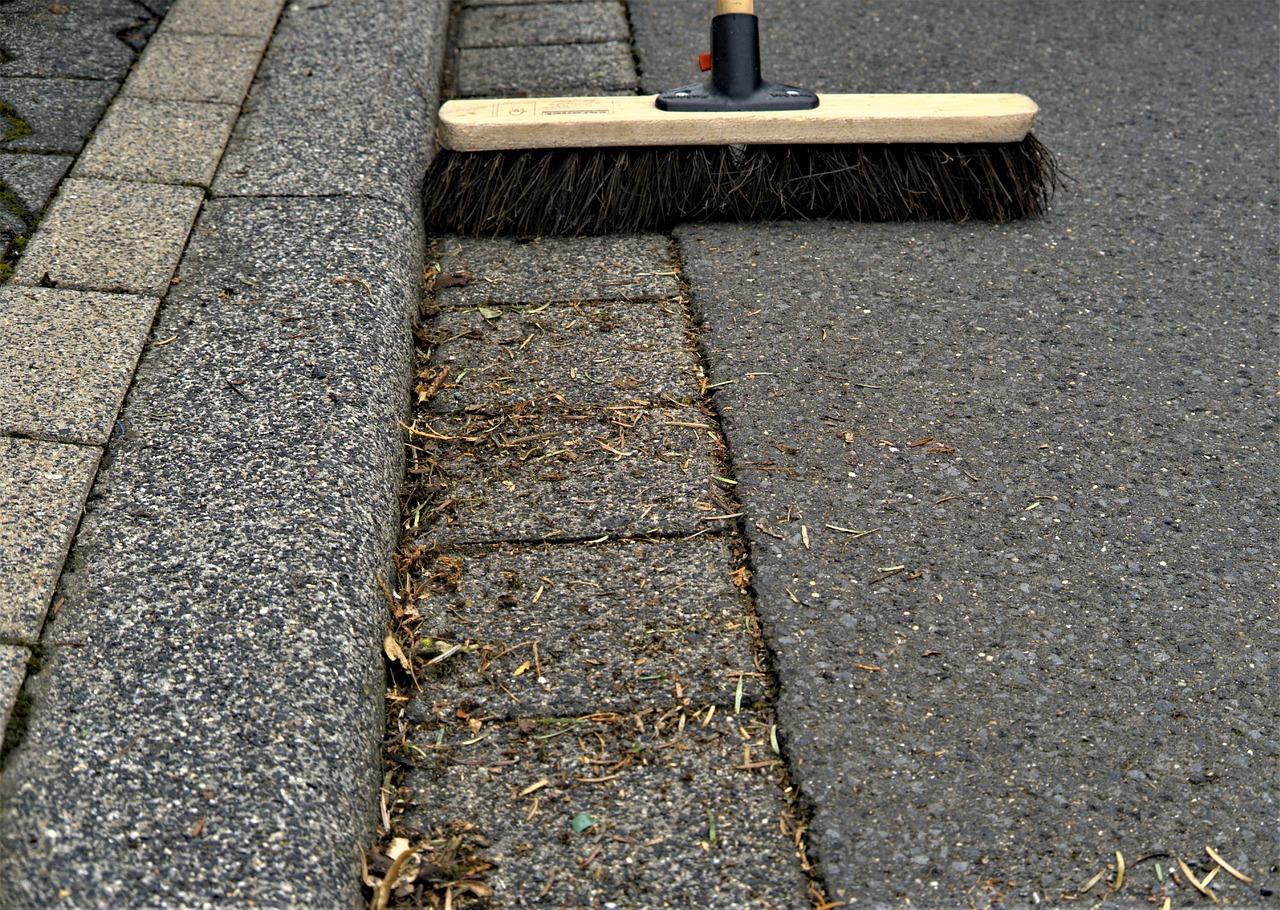Enhancing the curb appeal of your home can be achieved quickly and effectively with the addition of low-growing shrubs. These plants not only beautify the landscape but also provide functional benefits such as erosion control and habitat for local wildlife.
When it comes to selecting the right low-growing shrubs, it’s essential to consider factors like climate, soil type, and the specific aesthetic you wish to achieve. Low-growing shrubs are typically defined as those that reach a height of less than three feet. They are perfect for borders, foundation planting, or even as ground cover. Their versatility allows homeowners to create a visually appealing front yard that complements their home’s architecture.

Benefits of Low-Growing Shrubs
Low-growing shrubs offer numerous advantages that can significantly enhance the beauty of your front yard. Here are some key benefits:
- Low Maintenance: These shrubs require less upkeep compared to taller varieties. Regular pruning and occasional watering are usually sufficient to maintain their health.
- Space Efficient: Their compact size makes them ideal for smaller yards or urban settings where space is limited.
- Diverse Aesthetics: Available in various shapes, colors, and textures, low-growing shrubs can fit any design style—from modern minimalism to traditional charm.
- Improved Soil Health: Many low-growing shrubs help prevent soil erosion by stabilizing the ground with their root systems.
- Wildlife Friendly: These plants can attract beneficial insects and birds, creating a vibrant ecosystem in your garden.
In addition to these benefits, low-growing shrubs can be strategically placed to frame your home or soften hard landscaping features. Their foliage can provide year-round interest, with some varieties offering colorful blooms in the spring and vibrant foliage in the fall.
Choosing the Right Shrubs for Your Landscape
Selecting the perfect low-growing shrubs involves considering a few important factors. Here are some tips to help guide your choices:
- Climate Adaptability: Ensure that the shrubs you choose are suitable for your local climate. Research hardiness zones to find plants that will thrive in your area.
- Soil Conditions: Test your soil’s pH and drainage capabilities. Some shrubs prefer well-drained sandy soils, while others thrive in clay or loamy conditions.
- Aesthetic Goals: Think about the colors and textures you want to incorporate into your landscape. This will help you select shrubs that complement your existing plants and home exterior.
- Size and Growth Rate: Consider how large you want the shrubs to grow. Some may require more space than you anticipate, while others might grow quickly and need regular trimming.
Additionally, understanding the growing habits of various low-growing shrubs will help you plan their placement effectively. For example, some varieties spread wider, while others maintain a more upright form. Proper placement can create layers of visual interest in your yard.
With careful planning and selection, low-growing shrubs can transform your front yard into an inviting space that reflects your personal style and enhances your home’s curb appeal.
Popular Low-Growing Shrubs to Consider

When it comes to selecting low-growing shrubs, there are numerous options available that can enhance your landscape. Below are some popular varieties that are well-suited for various climates and garden styles:
- Boxwood (Buxus spp.): Known for its dense foliage, boxwood is a classic choice for formal gardens. It is easily shaped through pruning and maintains its green color throughout the year.
- Lavender (Lavandula spp.): Not only does lavender offer beautiful purple flowers, but it also provides a lovely fragrance. This drought-tolerant shrub is perfect for Mediterranean-style gardens and attracts pollinators.
- Spirea (Spiraea spp.): With a variety of species available, spirea offers colorful blooms in spring and summer. They are easy to care for and can tolerate various soil types.
- Juniper (Juniperus spp.): This evergreen shrub comes in many shapes and sizes. Its needle-like foliage can add texture to your landscape, and it is highly drought-resistant.
- Barberry (Berberis spp.): Barberry shrubs are known for their vibrant foliage, which can range from green to deep burgundy. They are hardy and can thrive in a variety of conditions.
Designing with Low-Growing Shrubs

Incorporating low-growing shrubs into your landscape design requires thoughtful consideration of placement, color schemes, and combinations with other plants. Here are some design tips to maximize their impact:
- Create Layers: Use low-growing shrubs to form layers in your garden. Position taller plants behind them to create depth and visual interest.
- Mix Textures: Combine different shrub varieties to create a dynamic look. Pair smooth-leaved plants with those that have spiky or feathery foliage.
- Select Seasonal Color: Choose shrubs that provide seasonal interest. For example, select ones that bloom in spring while others offer fall color.
- Use Repetition: To create a cohesive look, repeat certain shrub varieties throughout your landscape. This helps tie different areas of your yard together.
In addition to these design principles, consider the overall theme of your garden. Whether you prefer a modern aesthetic or a more traditional feel, the right combination of low-growing shrubs can complement your vision effectively.
Caring for Low-Growing Shrubs
Once you have selected and planted your low-growing shrubs, proper care is essential for their longevity and health. Here are some key care tips:
- Watering: Newly planted shrubs need regular watering until they establish strong root systems. After that, many varieties require less frequent watering, especially drought-tolerant species.
- Fertilizing: Use a balanced fertilizer in early spring to promote healthy growth. Be sure to follow the recommended application rates for each specific shrub type.
- Pruning: Prune shrubs as needed to maintain shape and remove dead or diseased branches. Timing will depend on the species; some may benefit from spring pruning, while others may do better if pruned after flowering.
- Pest Management: Regularly check for signs of pests or disease. Early detection can help prevent infestations from spreading.
Caring for low-growing shrubs is relatively straightforward. They generally adapt well to various conditions, but attention to their specific needs will ensure they thrive and contribute positively to your home’s curb appeal.

Enhancing Curb Appeal with Colorful Low-Growing Shrubs
Color is one of the most powerful tools in landscaping, and low-growing shrubs can add vibrant hues to your front yard. By selecting varieties that bloom in different seasons or have colorful foliage, you can create a visually stimulating environment. Here are some colorful options to consider:
- Flowering Almond (Prunus glandulosa): This shrub produces delicate pink flowers in early spring, making it a beautiful addition to any landscape.
- Azalea (Rhododendron spp.): Azaleas offer a stunning array of colors, including whites, pinks, and reds. They provide a spectacular display in spring when in full bloom.
- Weigela (Weigela florida): Known for its trumpet-shaped flowers, this shrub blooms in shades of pink, red, or white, attracting pollinators and adding charm to your garden.
- Japanese Pieris (Pieris japonica): This evergreen shrub features drooping clusters of white or pink flowers in early spring and has glossy green leaves that turn red in winter.
- Gold Mound Spirea (Spiraea japonica ‘Gold Mound’): With bright yellow foliage that turns to gold in the fall, this shrub also produces pink flowers in the summer, making it a standout choice.
Creating Texture with Low-Growing Shrubs
In addition to color, texture plays a vital role in landscaping. Mixing shrubs with different leaf shapes and sizes can enhance the overall appeal of your front yard. Here are some tips for incorporating texture:
- Combine Leaf Shapes: Pair shrubs with broad leaves alongside those with fine or needle-like foliage. This contrast creates an engaging visual dynamic.
- Vary Plant Heights: While focusing on low-growing shrubs, consider using plants that have varying heights within the low range. Some may have a more upright form while others are more sprawling.
- Add Ground Covers: Incorporating ground cover plants alongside low-growing shrubs can fill gaps and create a lush, layered look.
- Utilize Evergreen Varieties: Including evergreen shrubs ensures that your garden remains visually appealing year-round, even during winter months when other plants may be dormant.
This combination of different textures and colors can elevate your landscape design from ordinary to extraordinary. By thoughtfully choosing various low-growing shrubs, you can create depth and interest throughout the seasons.
Low-Growing Shrubs for Specific Landscapes
Different landscapes may call for particular types of low-growing shrubs. Whether you have a coastal area, a shaded garden, or a drought-prone environment, here are suitable options for each scenario:
Coastal Areas
Coastal landscapes often face salty winds and sandy soils. Consider these resilient options:
- Beach Strawberry (Fragaria chiloensis): This hardy ground cover produces edible strawberries and thrives in sandy soils.
- Dune Grass (Ammophila breviligulata): Helps stabilize sandy areas while adding texture and movement to the landscape.
Shaded Gardens
If your front yard has limited sunlight, these shrubs will thrive:
- Japanese Holly (Ilex crenata): An evergreen option that tolerates shade well and can be shaped easily.
- Sweet Box (Sarcococca confusa): This shrub has fragrant flowers and attractive dark green leaves, thriving in full shade.
Drought-Prone Areas
If you live in an arid region, choose drought-tolerant varieties:
- California Lilac (Ceanothus spp.): A native shrub that produces blue flowers and requires very little water once established.
- Russian Sage (Perovskia atriplicifolia): Known for its beautiful silvery foliage and lavender flowers, this shrub is extremely drought-resistant.
Selecting the right low-growing shrubs based on your specific landscape conditions will help ensure their success while enhancing the overall beauty of your home’s exterior.
Maintenance Tips for Long-Lasting Low-Growing Shrubs
Maintaining low-growing shrubs is key to ensuring they continue to enhance your curb appeal for years to come. Here are some additional maintenance tips that will help you keep your shrubs healthy and vibrant:
- Mulching: Apply a layer of organic mulch around the base of your shrubs to retain moisture, suppress weeds, and regulate soil temperature. This is especially important during hot or dry periods.
- Regular Inspections: Regularly check your shrubs for signs of pests or diseases. Early detection can be critical in preventing severe damage.
- Proper Spacing: When planting multiple shrubs, ensure they are spaced adequately. This allows for proper air circulation, reducing the chance of fungal infections and promoting healthy growth.
- Seasonal Care: Adjust care based on the season. For instance, a light pruning in late winter can encourage new growth in spring, while fall may require a clean-up of dead leaves and debris.
By following these care tips, you can ensure your low-growing shrubs thrive and continue to contribute positively to your landscape.
Final Thoughts
Low-growing shrubs are an exceptional way to boost your home’s curb appeal instantly. They offer versatility in design, functionality, and a vast array of colors and textures that can elevate any landscape. Whether you’re looking to create a lush garden, maintain a minimalist aesthetic, or simply add some greenery, there is a low-growing shrub suited for your needs.
As you plan your landscape, consider the climate, soil conditions, and overall design goals. Choose from the many available varieties that fit your specific requirements. With proper care and maintenance, these shrubs will not only beautify your front yard but will also provide lasting value to your property.
Ultimately, investing time and effort into selecting and maintaining low-growing shrubs is a rewarding decision that enhances both the beauty and functionality of your home’s exterior. By creating a welcoming entryway filled with vibrant plants, you set the stage for a positive first impression that reflects your style and care for your property.
Explore the possibilities with low-growing shrubs, and watch as they transform your front yard into an inviting and attractive space for all who visit.
